Home>Articles>When Are You Allowed To Stand On The Top Step Of A Ladder?
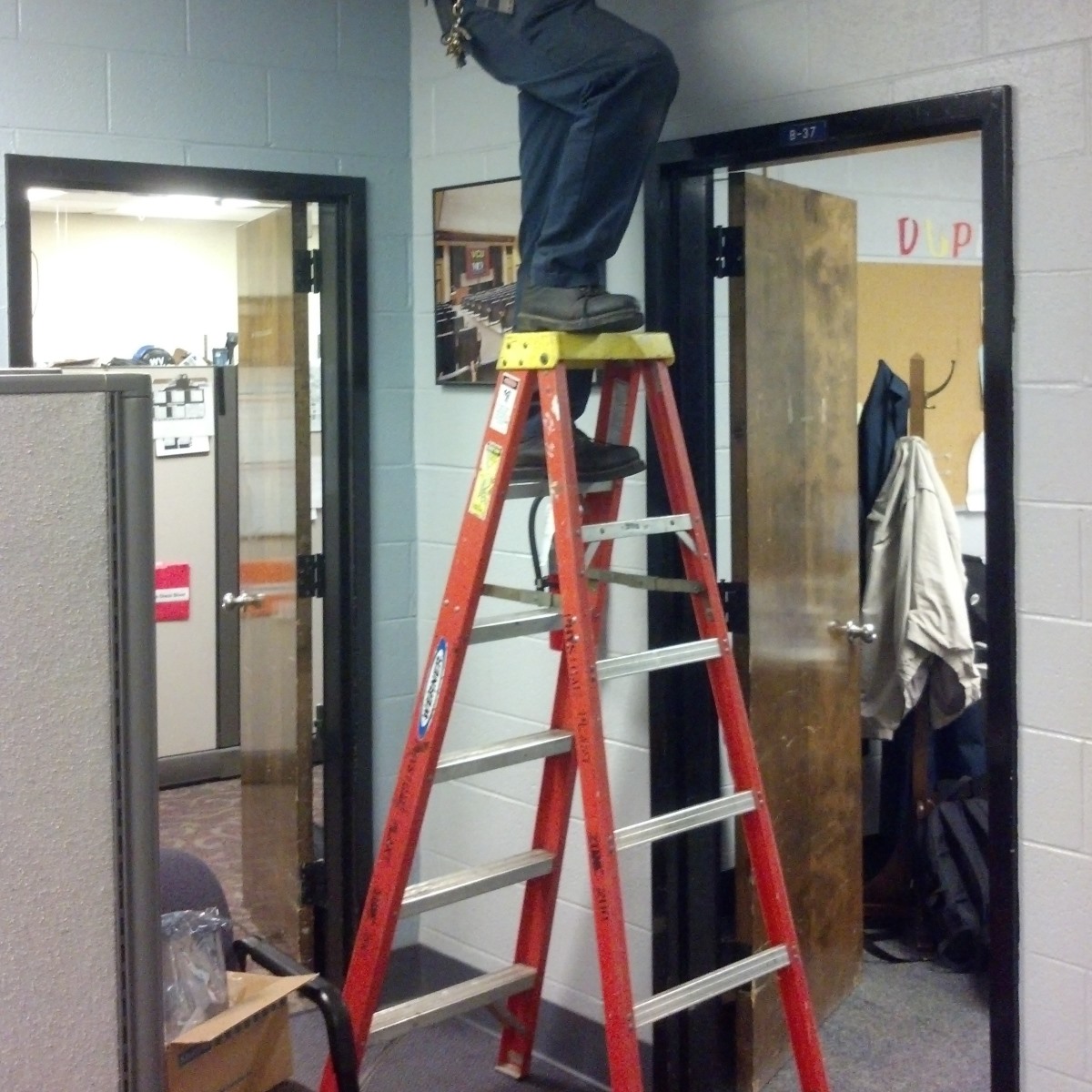

Articles
When Are You Allowed To Stand On The Top Step Of A Ladder?
Modified: October 18, 2024
Discover the rules and regulations surrounding ladder safety and when it is permissible to stand on the top step. Read our informative articles on ladder usage and stay safe!
(Many of the links in this article redirect to a specific reviewed product. Your purchase of these products through affiliate links helps to generate commission for Storables.com, at no extra cost. Learn more)
Introduction
When it comes to working with ladders, safety should always be the top priority. Ladders are essential tools that help us reach heights and perform various tasks, but they can also pose significant risks if not used correctly. One common question that arises is, “When are you allowed to stand on the top step of a ladder?”.
Understanding ladder safety is crucial in preventing accidents and ensuring the well-being of individuals who use ladders. This article aims to provide insights into the proper use of ladders, particularly when it comes to standing on the top step. By being aware of the guidelines and considerations, we can make informed decisions about ladder usage and minimize the risk of injuries.
Before diving into the specifics of standing on the top step of a ladder, let’s first review some basic ladder safety principles:
Key Takeaways:
- Prioritize safety by avoiding standing on the top step of a ladder whenever possible. Explore alternative options and adhere to proper ladder safety guidelines to minimize the risk of accidents and injuries.
- Exceptional cases may permit standing on the top step, but only as a last resort. Take necessary precautions, maintain stability, and limit time spent on the top step to reduce risks.
Read more: How To Close Step Ladder
Understanding Ladder Safety
1. Choose the right ladder: Selecting the appropriate ladder for the task at hand is crucial. Consider the height, weight capacity, and material of the ladder. Ensure that the ladder is in good condition, free from defects or damage.
2. Proper positioning: Place the ladder on a stable and level surface. Avoid slippery or uneven surfaces that may cause the ladder to wobble or tip over. Use ladder stabilizers or leg levelers if necessary.
3. Inspection: Before using the ladder, inspect it for any signs of wear and tear, such as loose rungs, cracked steps, or loose fastenings. If any issues are found, do not use the ladder and replace or repair it immediately.
4. Ascending and descending: When climbing up or down the ladder, maintain three points of contact. This can be achieved by having two hands and one foot, or two feet and one hand on the ladder at all times.
5. Weight capacity: Never exceed the maximum weight capacity specified by the ladder manufacturer. Consider both your own weight and the weight of any tools or materials you will be carrying while on the ladder.
By adhering to these basic ladder safety principles, we can establish a strong foundation for safe ladder usage. However, when it comes to standing on the top step, there are additional factors to consider. Let’s explore when it may be safe to do so.
Key Takeaways:
- Prioritize safety by avoiding standing on the top step of a ladder whenever possible. Explore alternative options and adhere to proper ladder safety guidelines to minimize the risk of accidents and injuries.
- Exceptional cases may permit standing on the top step, but only as a last resort. Take necessary precautions, maintain stability, and limit time spent on the top step to reduce risks.
Read more: How To Close Step Ladder
Understanding Ladder Safety
1. Choose the right ladder: Selecting the appropriate ladder for the task at hand is crucial. Consider the height, weight capacity, and material of the ladder. Ensure that the ladder is in good condition, free from defects or damage.
2. Proper positioning: Place the ladder on a stable and level surface. Avoid slippery or uneven surfaces that may cause the ladder to wobble or tip over. Use ladder stabilizers or leg levelers if necessary.
3. Inspection: Before using the ladder, inspect it for any signs of wear and tear, such as loose rungs, cracked steps, or loose fastenings. If any issues are found, do not use the ladder and replace or repair it immediately.
4. Ascending and descending: When climbing up or down the ladder, maintain three points of contact. This can be achieved by having two hands and one foot, or two feet and one hand on the ladder at all times.
5. Weight capacity: Never exceed the maximum weight capacity specified by the ladder manufacturer. Consider both your own weight and the weight of any tools or materials you will be carrying while on the ladder.
By adhering to these basic ladder safety principles, we can establish a strong foundation for safe ladder usage. However, when it comes to standing on the top step, there are additional factors to consider. Let’s explore when it may be safe to do so.
When is it safe to stand on the top step of a ladder?
Standing on the top step of a ladder is generally considered unsafe and is discouraged due to the increased risk of accidents and injuries. The top step is not designed to support a person’s full weight, and using it as a standing platform can lead to ladder instability and loss of balance.
However, there are a few exceptional cases where it may be permissible to stand on the top step, provided certain conditions are met:
1. Specific ladder design: Some ladders, such as platform step ladders, are designed with a designated standing area at the top. These ladders have a broad platform with anti-slip features, providing a stable and secure space for users to stand. If you are using a ladder with a built-in top step platform, ensure that it is securely locked in place and that you adhere to the weight capacity specified by the manufacturer.
2. Short-duration tasks: In situations where accessing a nearby object or performing a quick task requires standing on the top step for a brief period, it may be permissible. However, caution should still be exercised, and individuals should ensure they have a balanced stance and maintain a firm grip on the ladder at all times.
3. Additional support: If the ladder is secured against a stable structure or wall, and there is no other safe alternative for reaching the intended height, standing on the top step, with one hand grip on the secure structure, can provide additional support and stability. However, this should only be done if absolutely necessary and with extreme caution.
It is essential to note that even in these exceptional cases, standing on the top step should be considered a last resort. Whenever possible, it is always recommended to use a ladder that allows you to reach the desired height without standing on the top step. Choosing a taller ladder or using ladder accessories, such as ladder extensions or platforms, can help provide a safer and more stable solution.
Remember, ladder safety should never be compromised, and adhering to good ladder practices is crucial to prevent accidents and injuries. Safety should always be the priority when working at heights, and using ladders responsibly will help ensure a safe working environment for everyone involved.
Always follow the ladder manufacturer’s guidelines for proper use. Generally, it is not safe to stand on the top step of a ladder as it can lead to loss of balance and falls. Use a taller ladder or a platform instead.
Factors to consider before standing on the top step
While standing on the top step of a ladder is generally discouraged due to safety concerns, there may be exceptional circumstances where it becomes necessary. If you find yourself in a situation where standing on the top step is unavoidable, it is essential to consider the following factors carefully:
1. Ladder stability: Before stepping onto the top step, ensure that the ladder is stable and securely positioned. Make sure all four legs are on a level surface and that the ladder is not at risk of tipping or wobbling. Check the ladder for defects, such as loose rungs or damaged parts, which could compromise its stability.
2. Weight capacity: Verify that the ladder you are using is rated for your weight, including any tools or equipment you will be carrying while on the ladder. Exceeding the ladder’s weight capacity can lead to structural failure and increase the risk of accidents.
3. Proper ladder angle: The angle at which a ladder is positioned plays a crucial role in stability. Ensure that the ladder’s base is placed approximately one-quarter of the working height away from the structure it is leaning against. This angle helps distribute the weight evenly and minimize the risk of the ladder slipping or collapsing.
4. Space constraints: Take into account the surrounding space and any potential obstructions that could hinder your balance or movement while on the ladder. Ensure there is enough clearance for you to work comfortably without any risk of tipping the ladder over or causing accidents due to restricted movement.
5. Weather conditions: Be mindful of weather conditions that may affect ladder stability. Strong winds, rain, or other adverse weather conditions can make the ladder more susceptible to tipping or slipping. Avoid using ladders in unfavorable weather conditions whenever possible.
6. Height considerations: Assess the height at which you need to work and evaluate if standing on the top step is the only option. If you find that the ladder’s height is insufficient, consider using a taller ladder, using ladder extensions, or other suitable alternatives that eliminate the need to stand on the top step.
Remember, standing on the top step of a ladder should only be done in exceptional cases and after careful consideration of these factors. If there is any safe alternative available to reach the desired height, it is strongly recommended to explore those options instead. Safety should always be the top priority when working with ladders, and minimizing risks is essential to prevent accidents and injuries.
Safety precautions to take when standing on the top step
While standing on the top step of a ladder is generally discouraged due to safety concerns, there may be rare situations where it becomes necessary. If you find yourself in such a situation, it is crucial to take extra precautions to minimize the risks associated with standing on the top step. Here are some safety precautions to consider:
1. Maintain three points of contact: When standing on the top step, always maintain three points of contact with the ladder. This means keeping two feet and one hand, or one foot and two hands, securely gripping the ladder. This helps to ensure stability and balance while working at the top of the ladder.
2. Use personal protective equipment (PPE): It is essential to wear appropriate personal protective equipment when standing on the top step. This may include a hard hat to protect against falling objects, non-slip footwear for better traction, and gloves to improve grip and reduce the risk of hand injuries.
3. Avoid leaning or overreaching: To maintain stability, avoid leaning or overreaching while standing on the top step. Overreaching can cause the ladder to become imbalanced or tip over. Instead, reposition the ladder or use suitable tools and equipment to reach objects that are out of arm’s reach.
4. Secure the ladder: Ensure that the ladder is securely positioned and properly braced against a stable surface or structure. This provides additional stability and reduces the risk of ladder movement or collapse while standing on the top step.
5. Beware of surrounding hazards: Be aware of any potential hazards in the immediate vicinity, such as overhead power lines, sharp objects, or unstable surfaces. Take necessary precautions to avoid these hazards and maintain a safe working environment.
6. Limit the time spent on the top step: Whenever possible, limit the amount of time you spend standing on the top step. The longer you remain on the top step, the greater the risk of fatigue and loss of balance. Complete the task quickly and descend the ladder as soon as it is safe to do so.
7. Have a spotter: If feasible, having a spotter or someone to assist you can provide an added layer of safety. They can help stabilize the ladder, pass tools or materials, and be present in case of any emergencies.
Remember, standing on the top step of a ladder should only be done as a last resort and when all other options have been exhausted. It is crucial to always prioritize safety and follow recommended ladder usage guidelines. Whenever possible, explore alternative solutions that eliminate the need to stand on the top step. By taking these safety precautions, you can reduce the risks associated with standing on the top step and minimize the chance of accidents or injuries.
Consequences of improper ladder use
Improper ladder use can have serious consequences, leading to accidents, injuries, and even fatalities. It is crucial to understand the potential risks associated with improper ladder use to emphasize the importance of following proper safety guidelines. Here are some of the potential consequences that can result from improper ladder use:
1. Falls: One of the most common and severe consequences of improper ladder use is falls. Falling from a height can result in significant injuries, including broken bones, head trauma, spinal cord injuries, and even death. Lack of proper stability, balance, or secure footing while using the ladder can increase the risk of falls, especially when standing on the top step.
2. Structural failure: A ladder that is not properly maintained or is beyond its safe usage lifespan can experience structural failure. This can result in the ladder collapsing or breaking while in use, leading to injuries or falls. Regular inspection and maintenance are essential to ensure the ladder is in good working condition.
3. Inadequate weight capacity: Every ladder has a designated weight capacity specified by the manufacturer. Exceeding this weight capacity can cause the ladder to become unstable or collapse, leading to accidents and injuries. Always ensure that you and any equipment or materials you carry are within the weight limit of the ladder.
4. Electrical hazards: When using a ladder near power lines or electrical sources, there is a risk of electric shock or electrocution. Non-insulated ladders or improper placement near electrical hazards can result in severe injuries or fatalities. It is crucial to maintain a safe distance from live electrical sources and use proper electrical safety precautions.
5. Overreaching and loss of balance: Improper ladder use often involves overreaching, leaning too far to one side, or losing balance. These actions can lead to falls or the ladder tipping over. It is important to maintain a stable center of gravity, avoid overreaching, and only perform tasks that can be safely done from the ladder’s designated position.
6. Trips and slips: Cluttered work areas, debris, or slippery surfaces can increase the risk of trips and slips when using a ladder. Losing balance while on the ladder can result in falls or even cause the ladder to tip over. Keeping the work area clean and clear of obstacles and using proper footwear with non-slip soles can reduce the risk of slips and trips.
7. Impact on mental well-being: In addition to physical injuries, improper ladder use can also impact a person’s mental well-being. Falls or accidents while using a ladder can lead to fear, anxiety, and a loss of confidence in working at heights. These psychological effects can hinder future ladder use and overall job performance.
It is essential to understand that improper ladder use not only jeopardizes an individual’s safety but also may result in legal consequences and liabilities. Adhering to proper ladder safety guidelines and prioritizing safety can help prevent these consequences and ensure a safe working environment for everyone involved.
Remember, ladder safety is a responsibility that should be taken seriously. Educate yourself on safe ladder use, follow proper guidelines, and don’t take shortcuts when it comes to your safety.
Conclusion
Using ladders safely is paramount to prevent accidents and injuries in the workplace or any other settings where working at heights is required. While standing on the top step of a ladder is generally discouraged due to safety concerns, there may be exceptional circumstances where it becomes necessary. However, it is crucial to consider all factors, take necessary precautions, and prioritize safety above all else.
Understanding ladder safety principles is the first step towards responsible ladder use. Choosing the right ladder, ensuring its stability, inspecting it for any defects, and maintaining proper contact and weight capacity are crucial elements in ladder safety. By following these principles, we can create a solid foundation for safe ladder usage.
When it comes to standing on the top step of a ladder, it should only be done as a last resort, and only if all other options have been exhausted. If you find yourself in a situation where standing on the top step is unavoidable, it is vital to adhere to safety precautions. Maintaining three points of contact, using personal protective equipment, avoiding overreaching, securing the ladder properly, and limiting the time spent on the top step are essential steps in reducing the risks associated with standing on the top step.
The consequences of improper ladder use can be severe and have lasting effects. Falls, structural failures, electrical hazards, and loss of balance are just a few of the potential consequences that can result from improper ladder use. It is crucial to prioritize safety, not only for personal well-being but also to avoid legal consequences and liabilities.
In conclusion, standing on the top step of a ladder should be avoided whenever possible. Always explore alternative options, such as using taller ladders or utilizing ladder accessories, to eliminate the need for standing on the top step. By following proper ladder safety guidelines and making informed decisions, we can ensure a safe working environment and protect ourselves and others from accidents and injuries.
Remember, ladder safety is a shared responsibility. Let’s work together to promote a culture of safety and prioritize the well-being of everyone involved. By doing so, we can minimize risks, prevent accidents, and create a safer working environment for all.
Curious about enhancing your toolkit or tackling home upkeep tasks with ease? Dive into our detailed guide on choosing the perfect step ladder for your needs, ensuring you're equipped for any project around the house. Then, shift gears and discover practical advice on essential home maintenance that will keep your living space in tip-top shape year-round. These insights will surely make your DIY efforts smoother and more effective.
Frequently Asked Questions about When Are You Allowed To Stand On The Top Step Of A Ladder?
Was this page helpful?
At Storables.com, we guarantee accurate and reliable information. Our content, validated by Expert Board Contributors, is crafted following stringent Editorial Policies. We're committed to providing you with well-researched, expert-backed insights for all your informational needs.
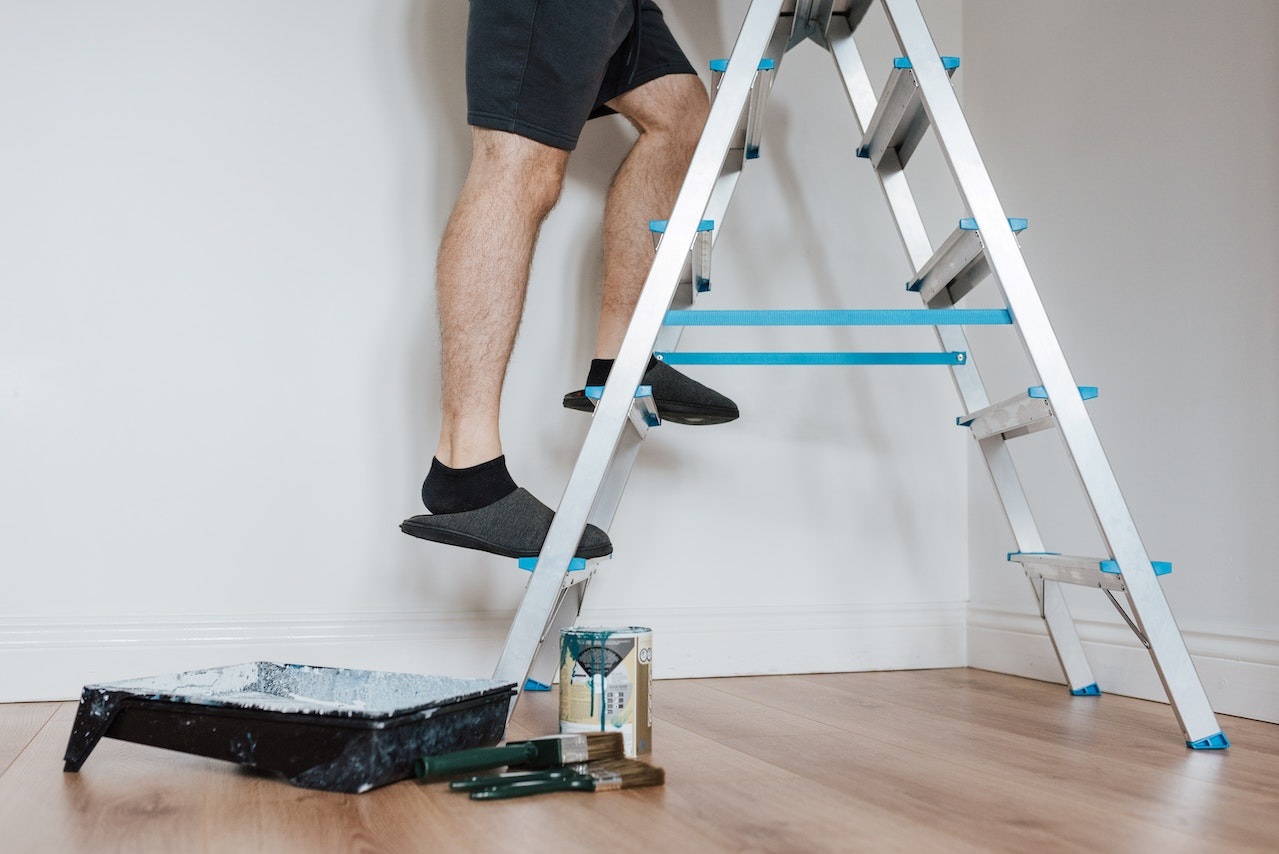
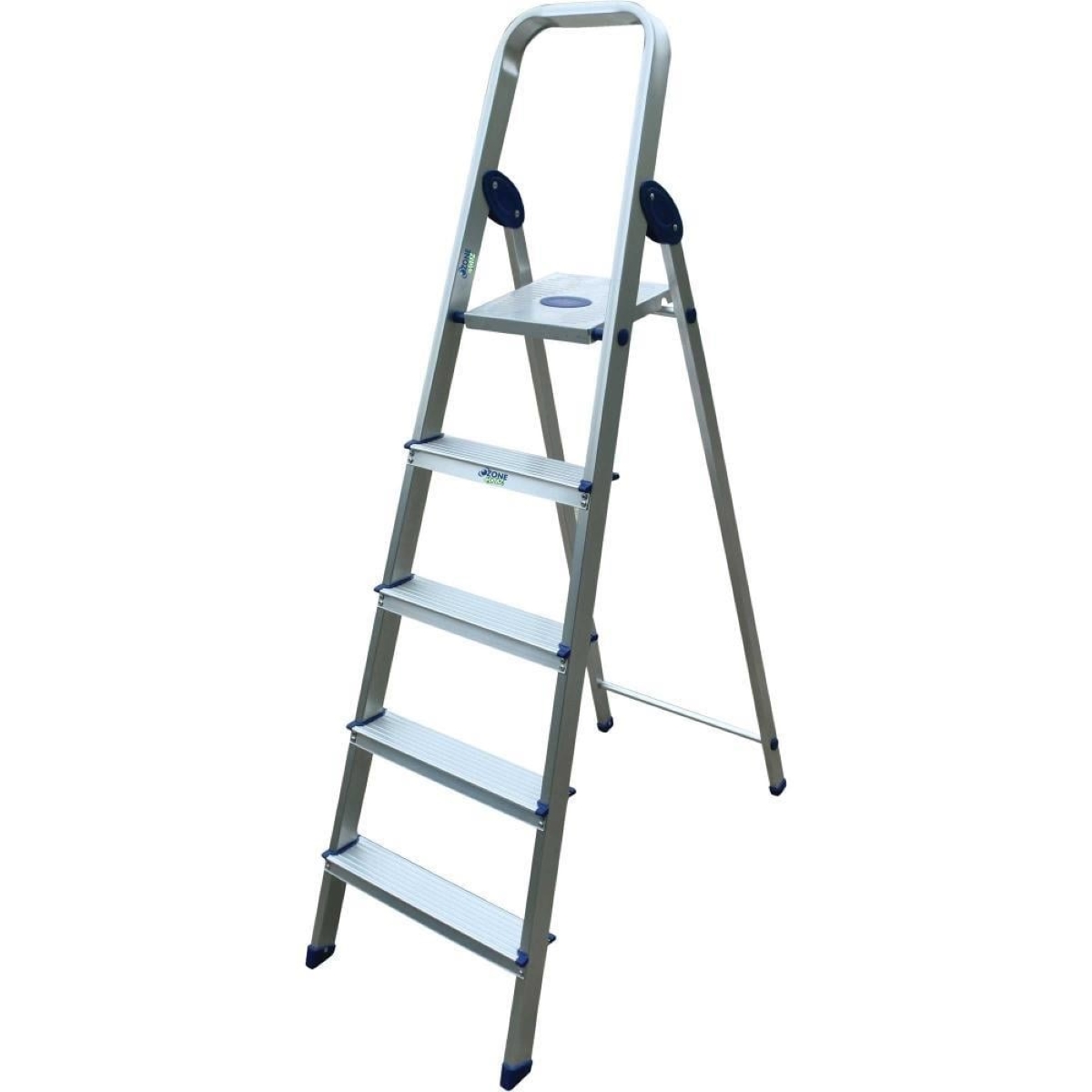
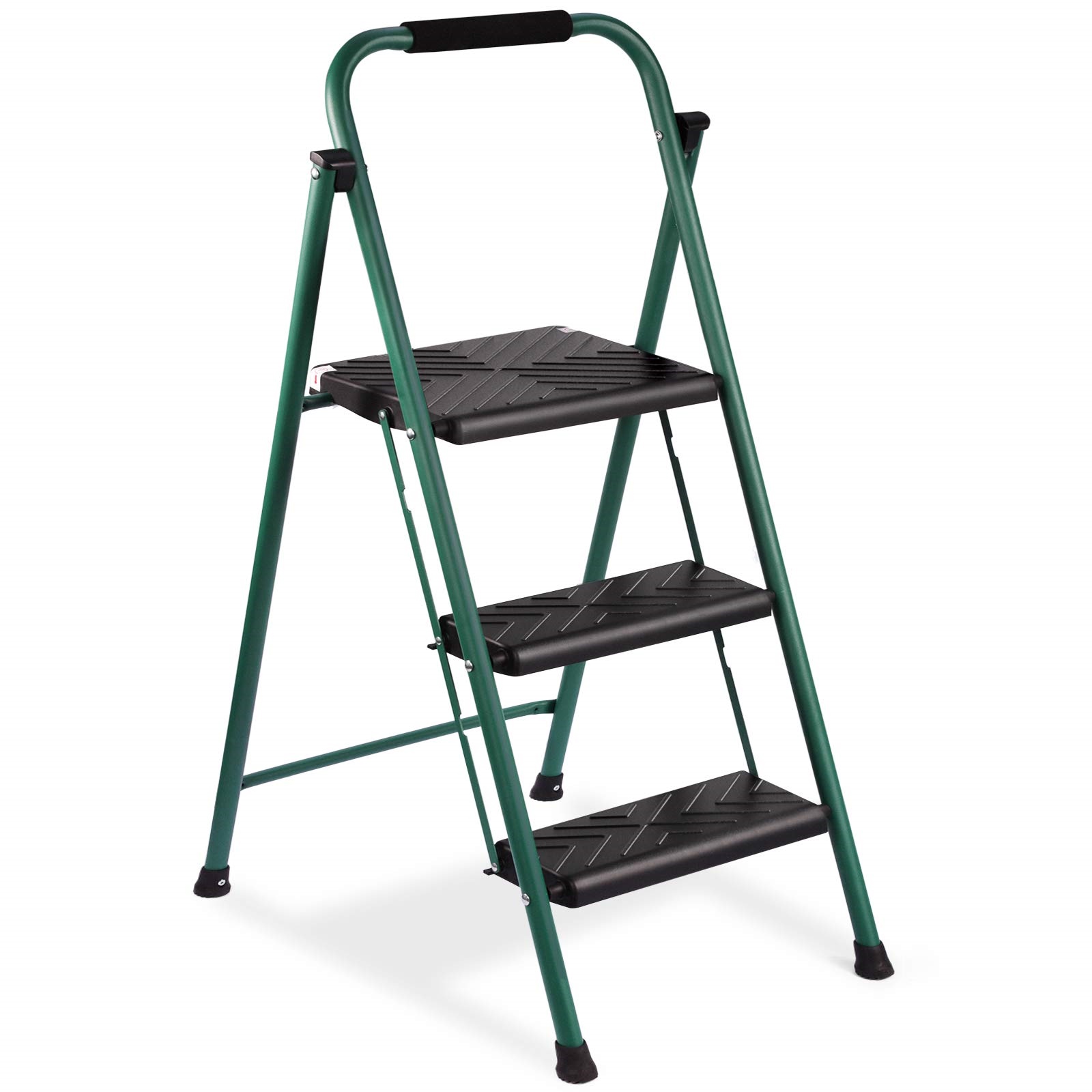
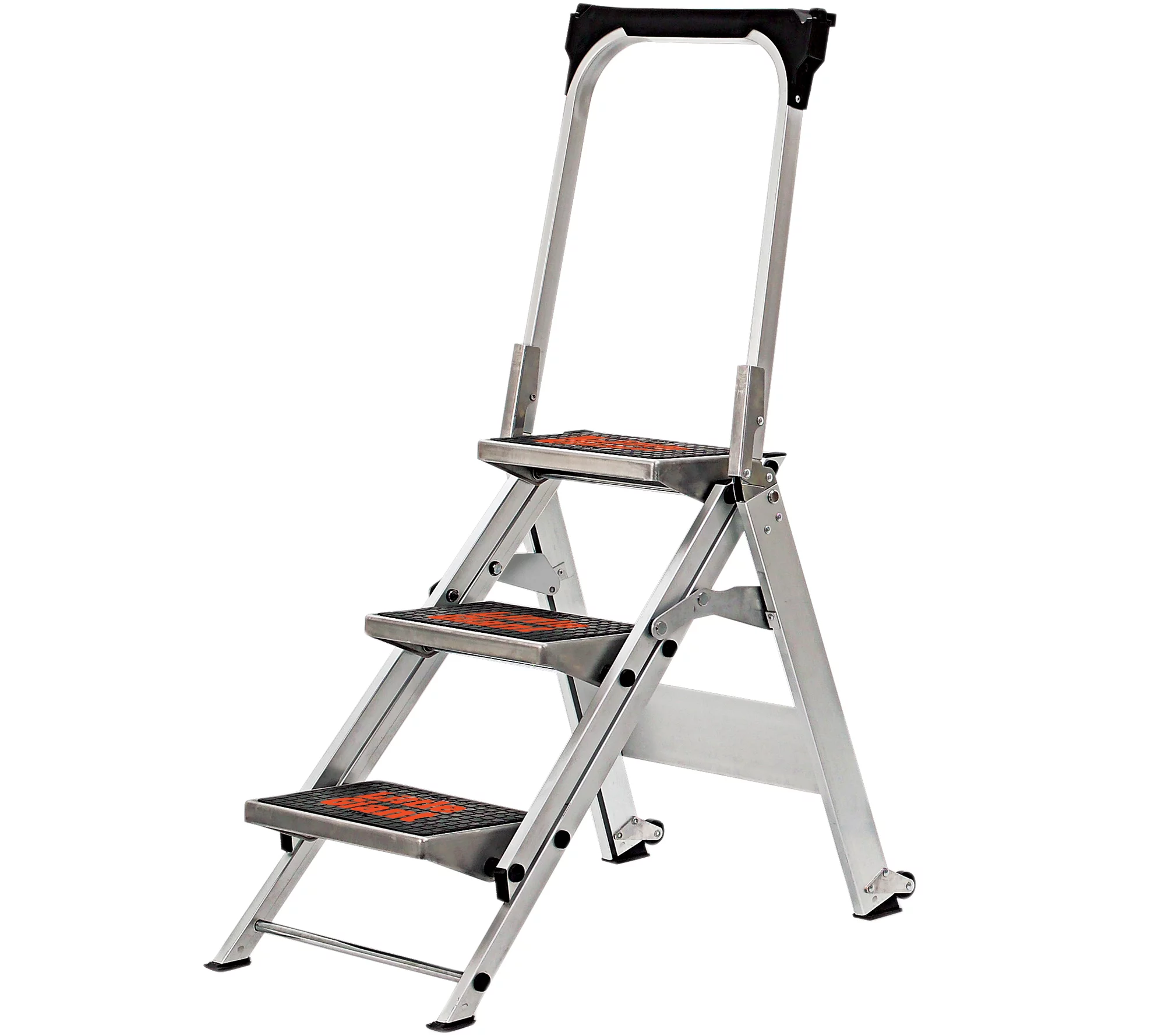
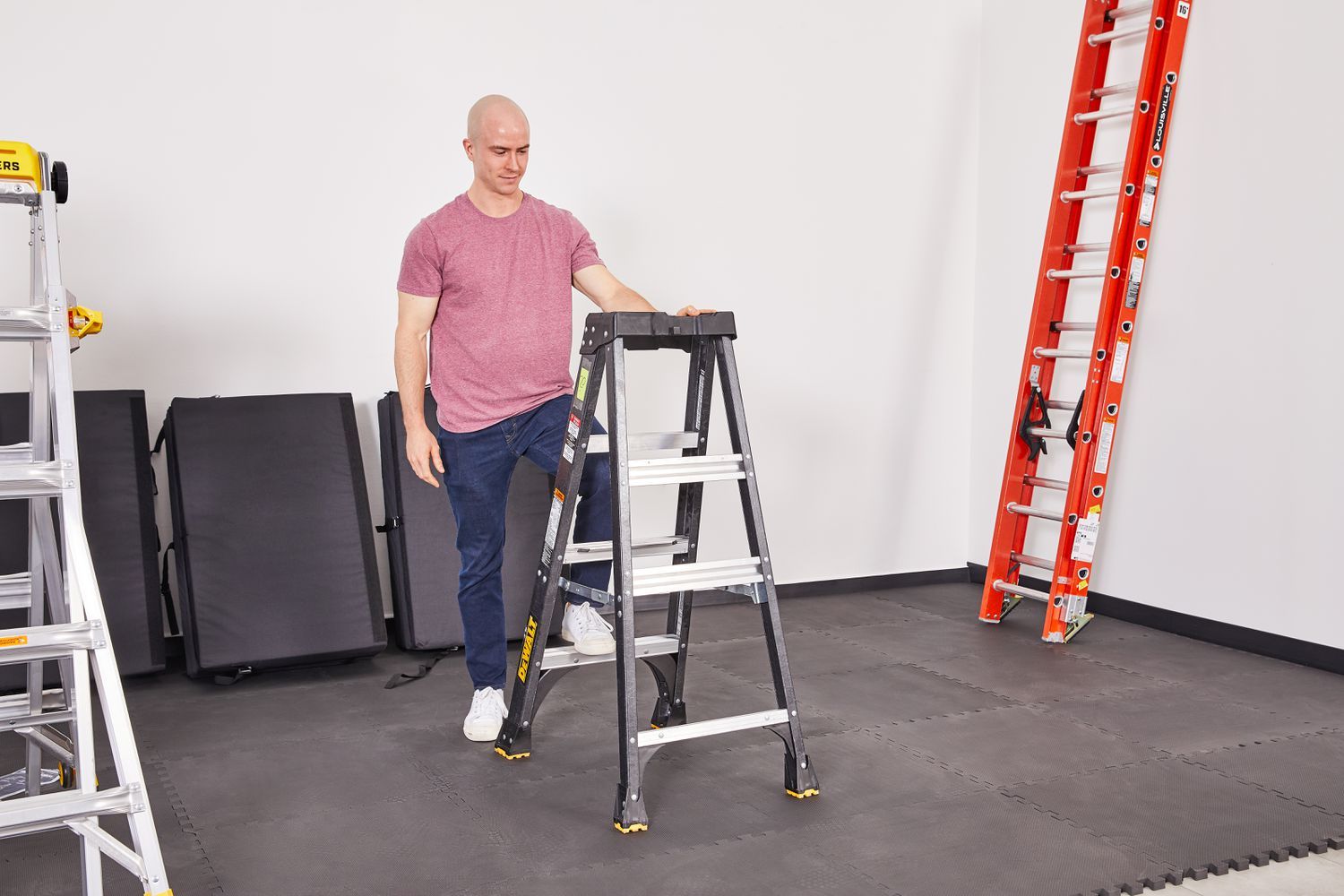
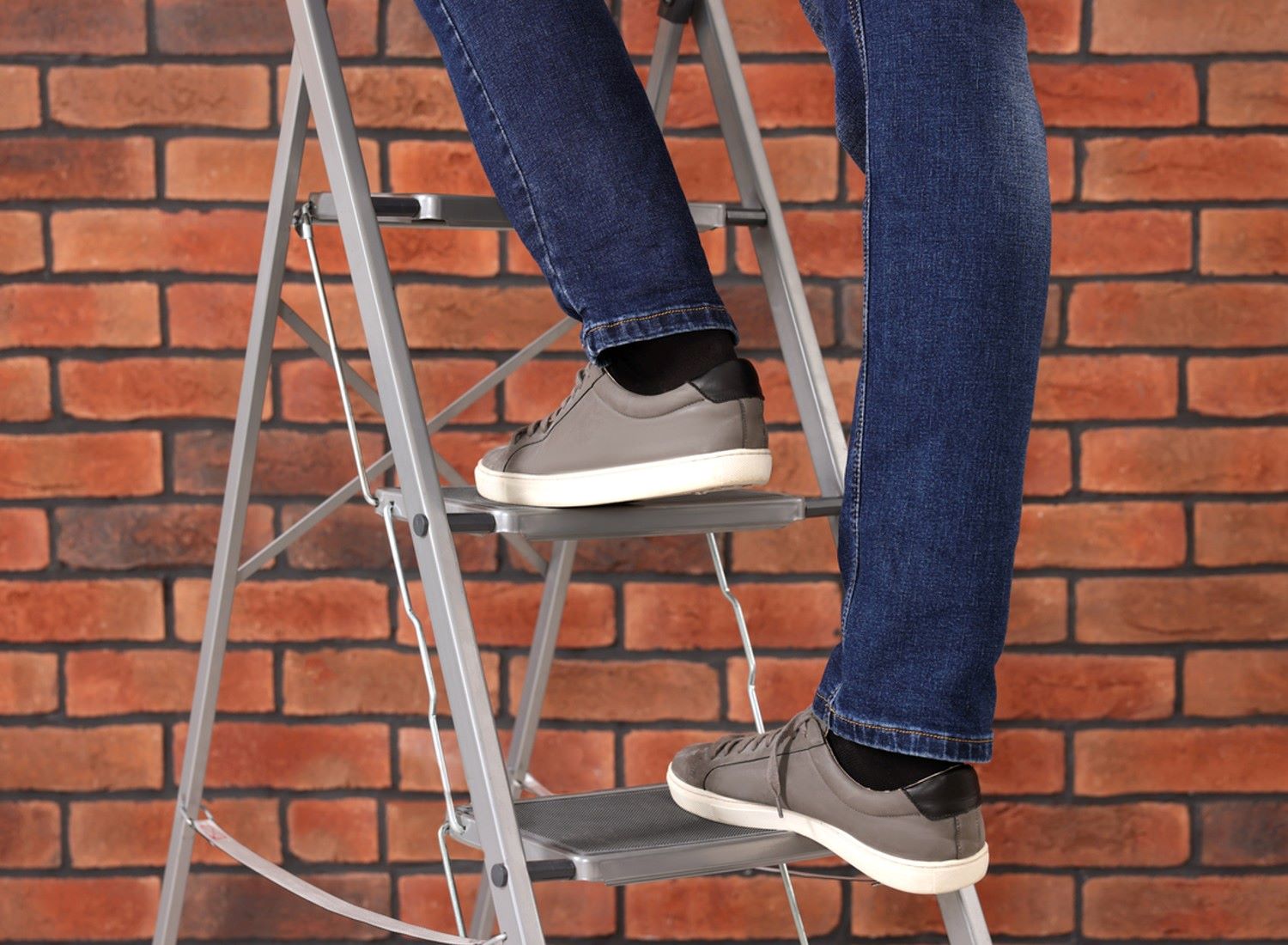

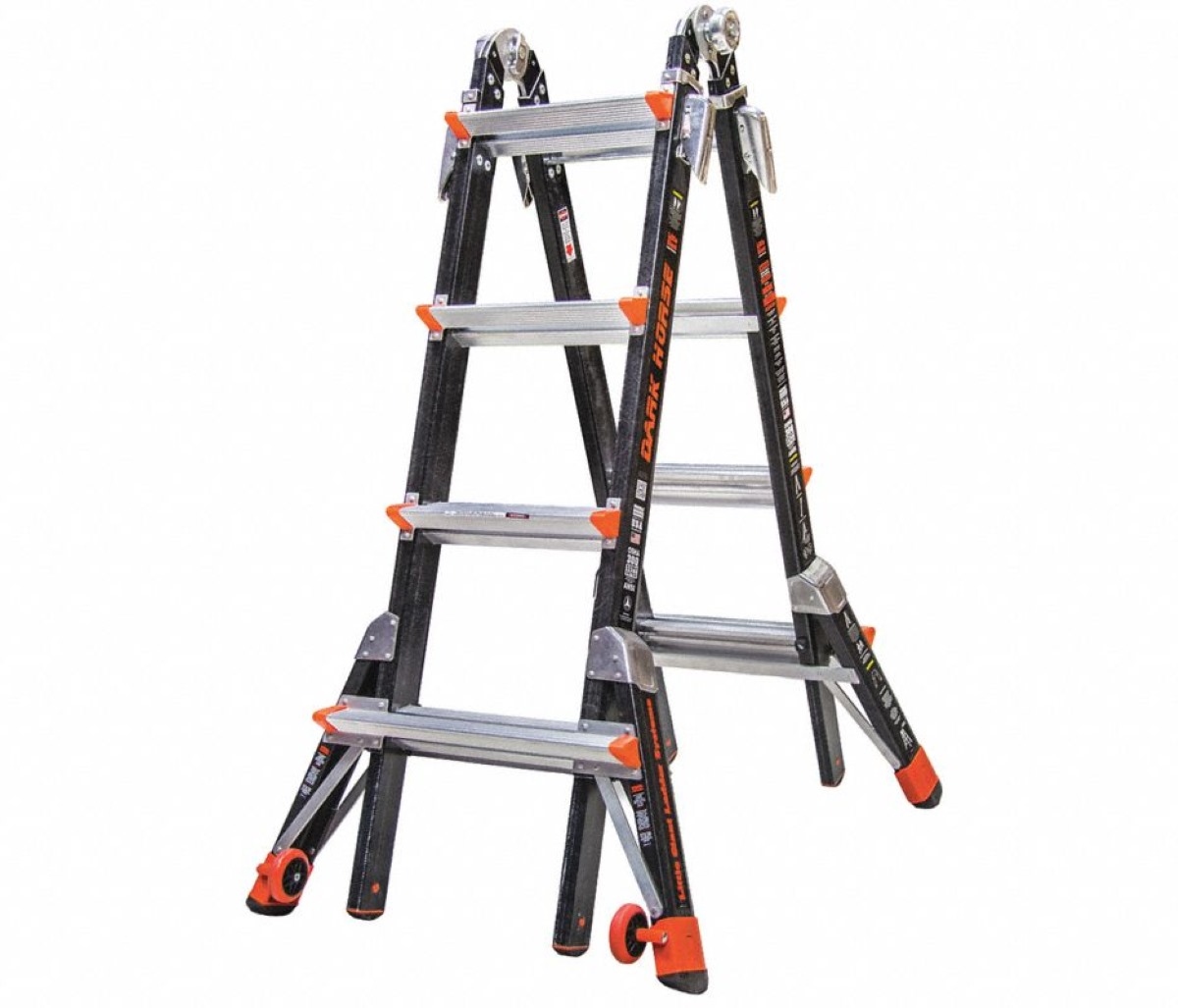
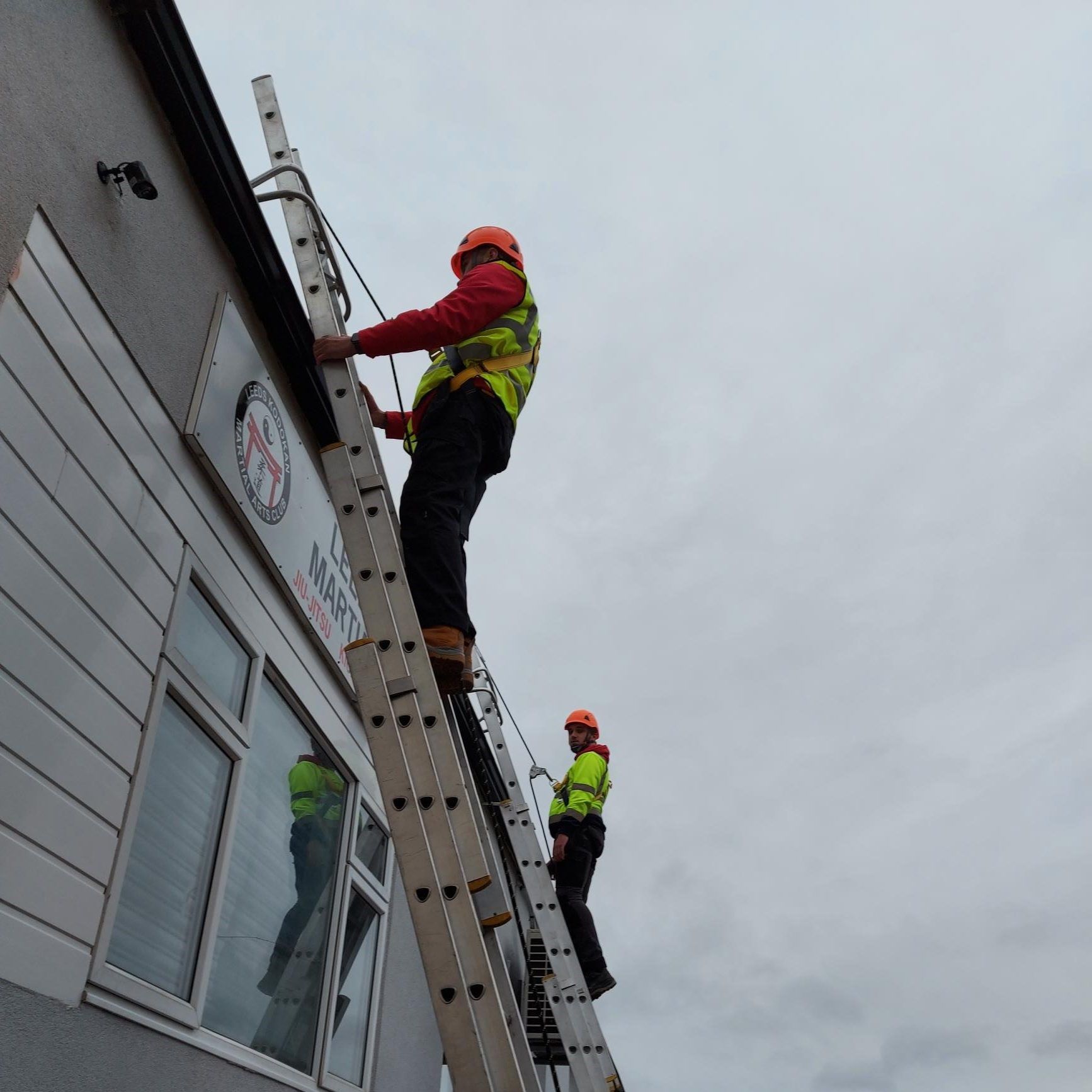
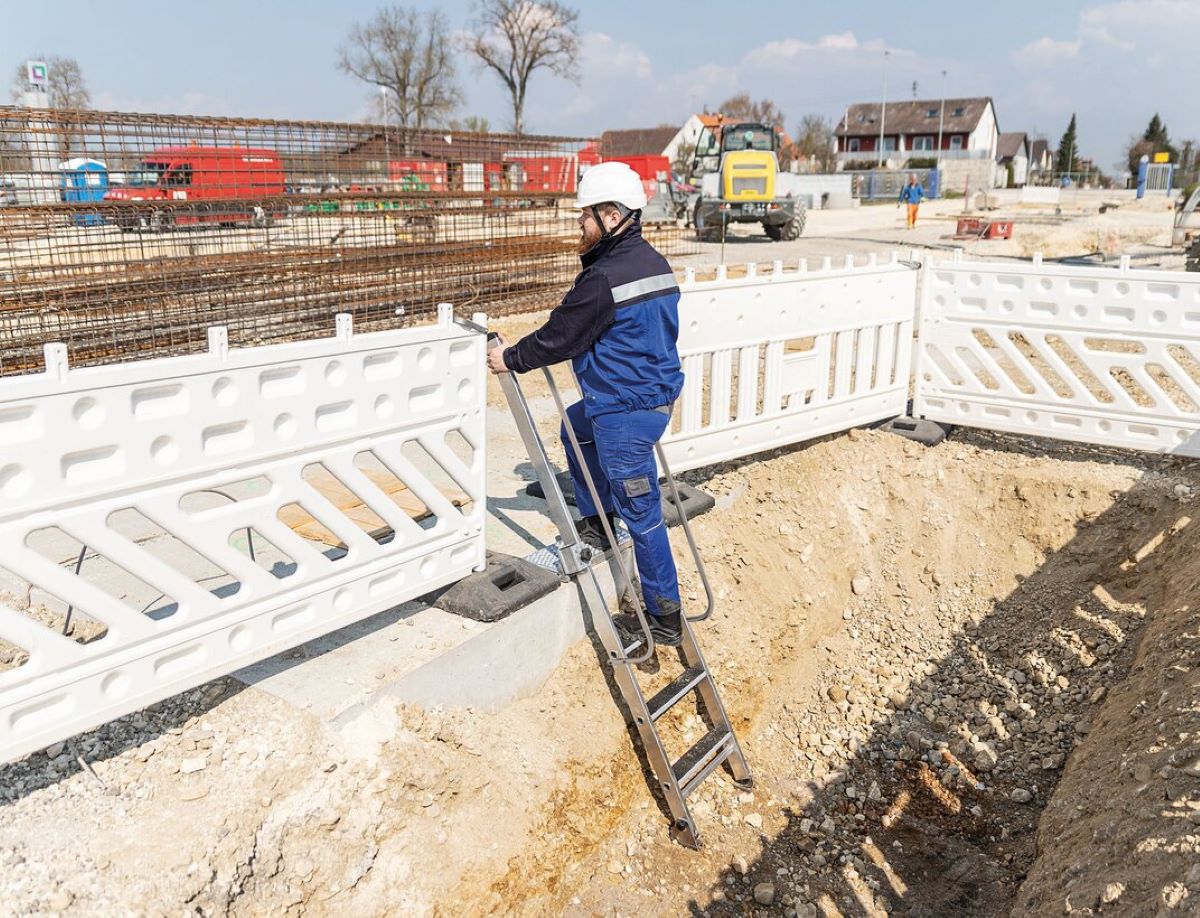

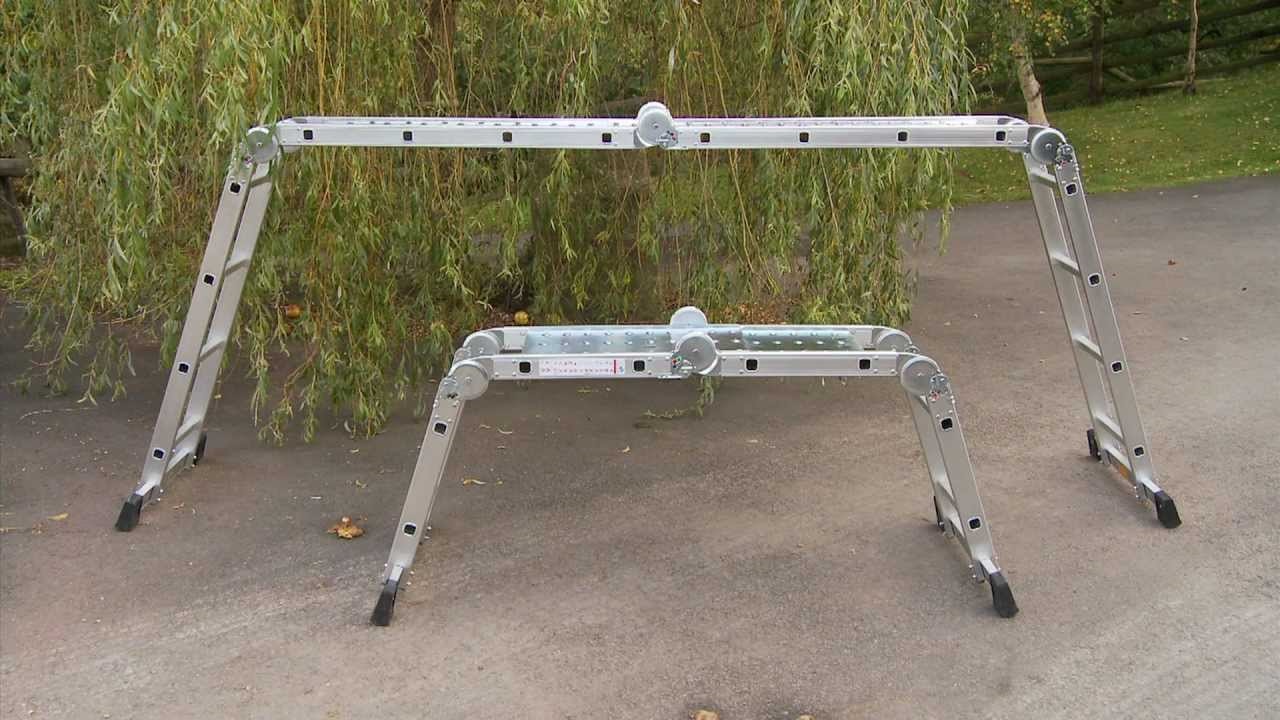
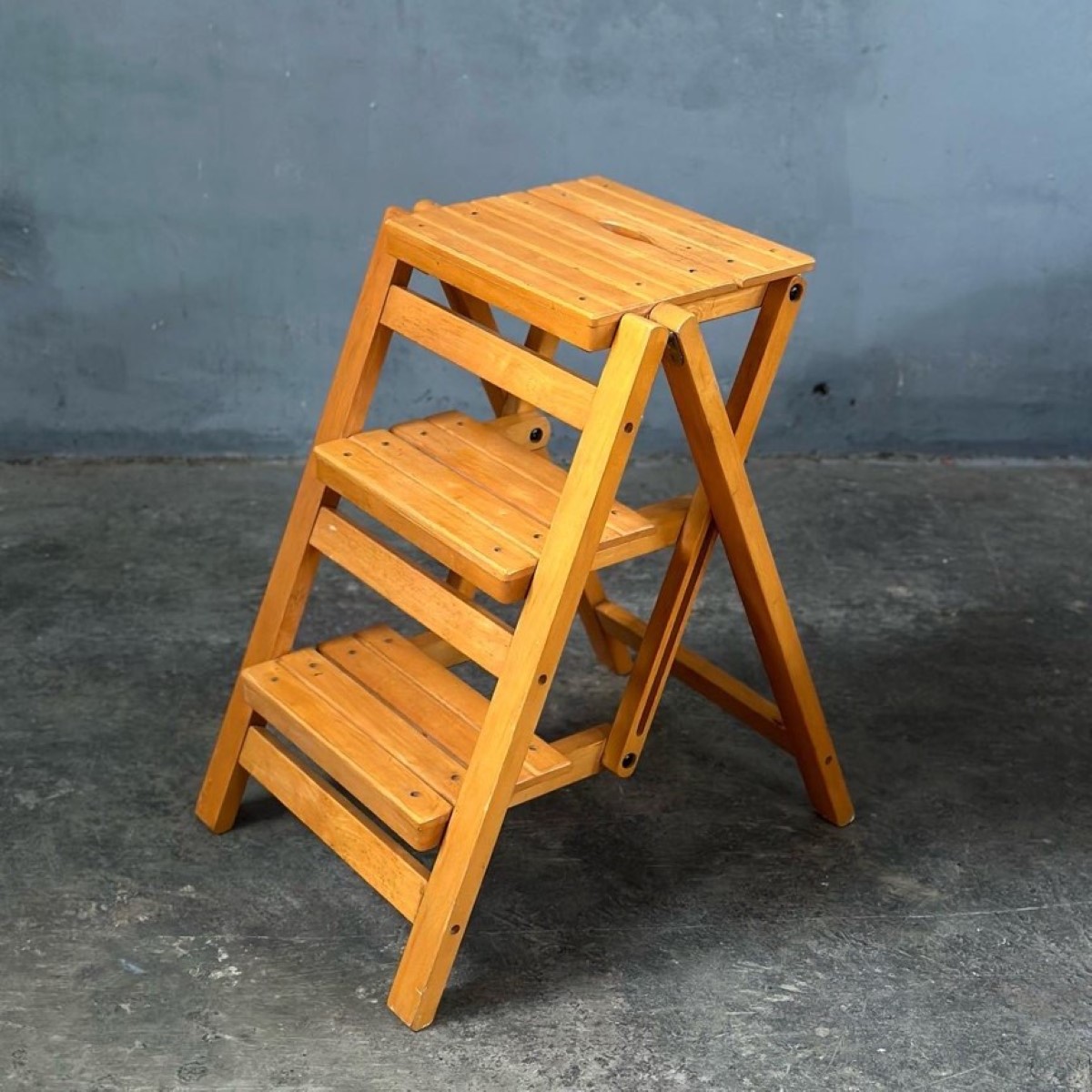


0 thoughts on “When Are You Allowed To Stand On The Top Step Of A Ladder?”